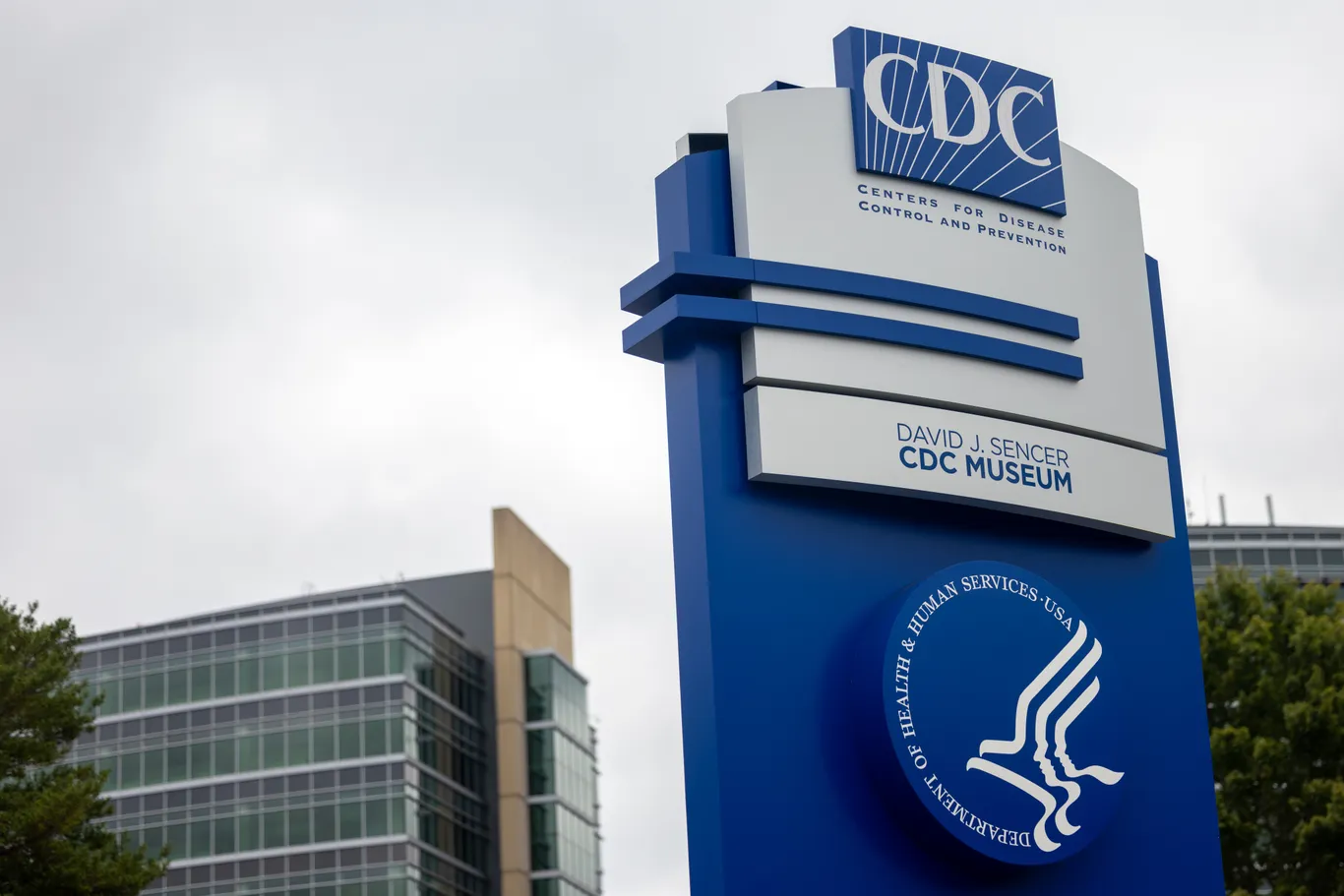Sexually transmitted infections (STIs) are on the rise, and health officials are sounding the alarm, describing the situation as “out of control.” Recent data from the Centers for Disease Control and Prevention (CDC) reveals a concerning surge in STIs, putting millions of lives at risk from entirely preventable infections.
The CDC is urging a heightened focus on STIs as a public health priority, highlighting the alarming increase in syphilis cases, which have reached the highest levels in over seven decades. While reported chlamydia cases remain at a record high, there has been a decline in gonorrhea cases for the first time in at least a decade.
Both syphilis and gonorrhea can have fatal consequences if left untreated for extended periods. The National Coalition of STD Directors (NCSD) issued a statement warning that the CDC’s latest STI data reflects a rapidly deteriorating public health crisis with real lives at stake.
The most recent data from 2022, the most recent available, reported over 2.5 million cases of syphilis, gonorrhea, and chlamydia in the United States. Despite efforts such as the creation of the National Syphilis and Congenital Syphilis Syndemic Federal Task Force, the impact has not been fully realized.
Historically, syphilis cases exceeded 170,000 in 1951 but declined significantly with the availability of antibiotics. However, after dropping below 40,000 in 1998, cases have been on the rise again over the past two decades.
Dr. Nima Majlesi, Director of Medical Toxicology at Staten Island University Hospital, points out that decreased condom use and a de-emphasis on safe sex in public health messages contribute to the resurgence of STIs. The rates of STIs have spiked across the country since the lifting of COVID lockdown restrictions.
The NCSD warns that the 2022 data might not fully capture the impact of the shortage of Bicillin L-A, a drug for congenital syphilis, which began last spring, or last summer’s STI workforce cuts due to the debt ceiling deal. They anticipate that the 2023 data will reveal a worsening situation.
It is evident that addressing the rising tide of STIs is imperative to mitigate the public health crisis and protect individuals from potentially life-threatening infections.















































